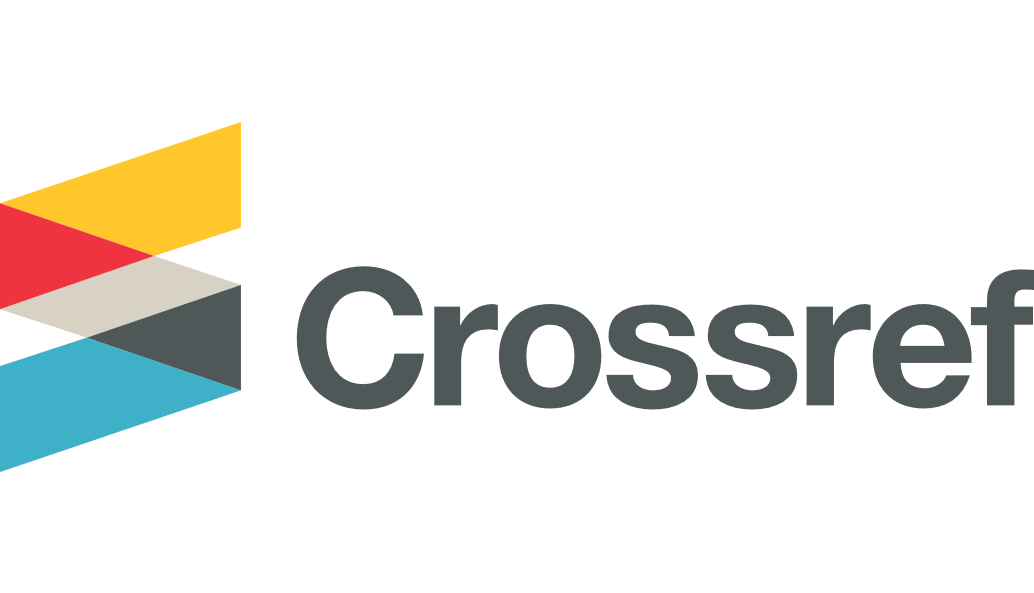Author ORCID Identifier
0009-0003-9992-9150
Keywords
photopsias; hallucinations; acne; visual changes; isotretinoin
Disciplines
Medicine and Health Sciences
Abstract
Isotretinoin has been a long-standing medication used to treat acne, with a gradual increase in the dose during therapy. A typical treatment course lasts 4-6 months.1 It has been shown to inhibit sebaceous gland functioning and keratinization.2 The most common adverse effects include xerostomia, cheilitis, dry nose, and sun sensitivity. Less common adverse effects include itching, irritation, hair thinning, dry eyes, rash, muscle aches, and joint pain.2 There has also been reported increased depression and suicidality as a result of Isotretinoin treatment.2 Notably, the black box warning on Isotretinoin is in its potential to cause severe birth defects.
Ocular side effects are less common but can include corneal opacities, decreased dark adaptation, keratitis, blurred vision, conjunctivitis, photophobia, myopia, Meibomian gland atrophy, and teratogenic ocular abnormalities.3
Only 1 case has been reported in the literature demonstrating visual hallucinations as a result of Isotretinoin treatment, which subsided when the treatment was discontinued.4 This report presents a second case of visual disturbance as a side effect of isotretinoin.
Recommended Citation
Azzouz M, Duffy P, Nomani S, Funke C.
A Rare Case of Visual Symptoms Due to Isotretinoin Therapy.
Marshall J Med.
2024;
10(4)
DOI: https://doi.org/10.33470/2379-9536.1461.


